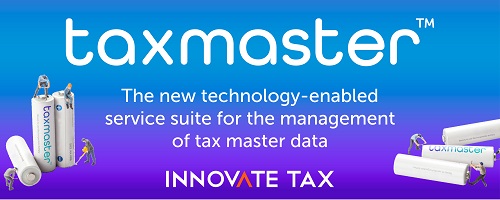- The U.S. has 50 states and many local tax jurisdictions, each with its own rules and regulations.
- State and local taxes make up the majority of tax burden for organizations operating in the U.S.
- Inbound companies may unknowingly incur tax liabilities if they are unfamiliar with state and local taxes and reporting requirements.
- Sales and use tax regimes are operated independently by each state, with some states also having local sales and use taxes.
- Nexus, or a connection to a state, can be established through physical presence or exceeding a sales volume or transaction threshold.
- Many states only include taxable sales in determining economic nexus.
- Inbound companies may have had physical nexus with a state before the Wayfair decision if they used third-party logistics providers or marketplace platforms.
- Inbound sellers making sales through marketplace platforms should understand their nexus and collection obligations.
Source: bdo.global
Note that this post was (partially) written with the help of AI. It is always useful to review the original source material, and where needed to obtain (local) advice from a specialist.
Latest Posts in "United States"
- 2026 Local Sales Tax Rate Changes: What U.S. Businesses Need to Know and How to Prepare
- How to Register for a Puerto Rico Sales Tax Permit: Step-by-Step Guide
- Illinois Repeals State Grocery Tax, Allows Local Governments to Impose Their Own 1% Tax
- How to Find California Sales and Use Tax Rates by Address Using CDTFA’s Online Tool
- Sales and Use Tax Exemptions for Nonprofit Organizations: A Guide by CDTFA















